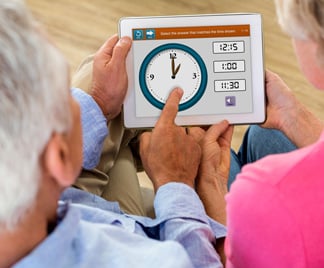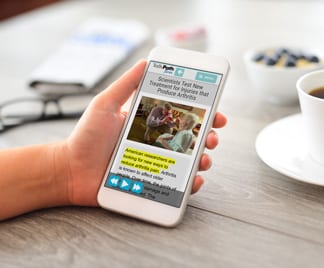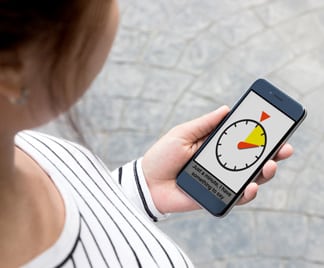What is the Life Participation Approach to Aphasia?
If you work with people with aphasia, you might have heard the term “LPAA” recently. But what exactly is LPAA? How do you “do it?” How does it differ from traditional aphasia therapy?
LPAA, or the Life Participation Approach to Aphasia, is not strictly a therapeutic technique. It is a service-delivery model and mindset for working with people with aphasia. It broadens the SLP’s clinical practice to focus on life goals rather than solely on traditional communication goals.
In LPAA, the focus is shifted and expanded from a focus on impairments to a focus on a person’s participation in life and community. The approach also incorporates their environments and others in their lives impacted by aphasia. It can still include therapy targeting specific impairments, but always makes sure to address the “why” behind it.
The SLP still picks the appropriate therapeutic technique to address the client’s impairments and communication needs, but also makes sure to look at environmental factors. There are not specific therapy tasks or a framework to follow in order to “do it correctly.”
The best thing about LPAA? You might already be incorporating its ideas without realizing it! If you routinely ask patients what’s important to them, involve their family members in care, and look at their environments, then you’re already on track.






